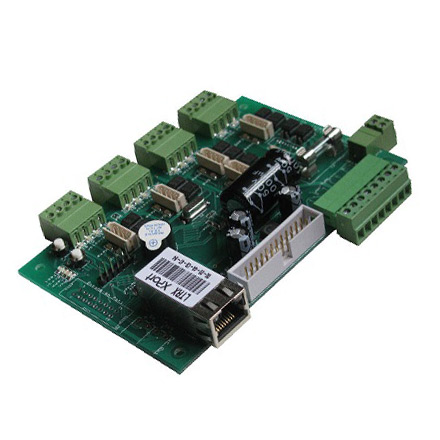

The Beauty and Versatility of Decorative Glass
Decorative glass has long been a favored material in both contemporary and traditional design. Its versatility allows it to serve a multitude of purposes, from functional to purely aesthetic, making it an essential component in various artistic and architectural applications.
One of the most alluring aspects of decorative glass is its ability to transform light. Different types of glass can diffuse, refract, or reflect light in unique ways, creating stunning visual effects. Stained glass windows, for instance, have graced churches and cathedrals for centuries, their colorful panes casting vibrant patterns on the floors and walls when sunlight flows through them. This interplay of light and color not only enhances the ambiance of a space but also evokes emotional and spiritual responses.
Modern manufacturers have embraced new technologies, introducing innovative techniques such as glass etching, sandblasting, and digital printing. These methods allow for intricate designs and personalized touches, making decorative glass an increasingly popular choice for custom installations. Whether used in shower doors, room dividers, or decorative panels, this type of glass adds a unique flair to any interior, often becoming a focal point in the design.

Moreover, decorative glass is not limited to architectural uses. Its application extends to art pieces, such as sculptures and blown glass creations, where skilled artisans manipulate the material into breathtaking works of art. These pieces often carry cultural significance, reflecting the traditions and craftsmanship of different regions around the world. For instance, Murano glass from Italy is renowned for its vibrant colors and elaborate designs, while Japanese glass art is celebrated for its delicate beauty and precision.
Sustainability is also an important consideration in today’s design choices. Many decorative glass products are made from recycled materials, aligning with the growing demand for eco-friendly options in home and commercial spaces. This not only reduces waste but also promotes a conscious approach to consumption and design.
In summary, decorative glass is much more than just a functional element; it is a dynamic material that embodies beauty, creativity, and sustainability. As designers and architects continue to explore its possibilities, decorative glass is set to remain a beloved choice in creating inspiring and visually captivating environments. Whether in art, architecture, or everyday use, it will always hold a special place in the world of design.